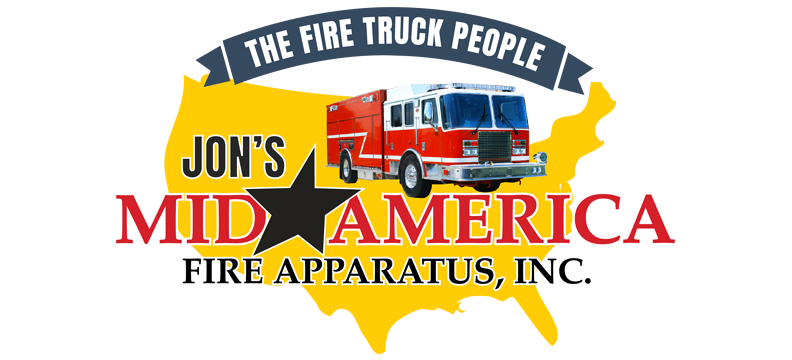Whether you’re purchasing a used fire apparatus or designing a brand new custom fire truck, the pump control panel is one of the most crucial components you will have on board.
It’s important to choose a pump panel that is a good fit with the needs of your community and department, and one that is easy to operate when responding to an emergency.
Let’s take a look at 4 important criteria to help guide your decision of selecting or designing a pump panel for your next fire apparatus.
#1: Pump Panel Size
Ordering the smallest pump panel that fits your needs can enable your apparatus to have a smaller, lighter wheelbase and optimal ability to pump water.
- End suction pumps are generally more compact and save space when compared with traditional pumps.
- Smaller pumps may be safely tucked away internally with simple-to-use electric valve controllers and gauges.
- You can create more compartment space by grouping suctions, discharges, preconnects and other features into a compact area.
- Vertically integrated pump controls may conserve space by saving width.
#2: Pump Panel Location
Similar to the size of your pump panel, location can help you maximize ease of use and free up extra space for carrying firefighting and emergency equipment aboard your fire apparatus.
The pump panel may be mounted on the side, top or rear of the apparatus, with a few models even offering a front-mounted panel.
A slim pump panel on the driver’s side can help to enable a smaller wheelbase and create a generous compartment space on the officer’s side.
#3: Pump Panel Configuration
Innovative features that have appeared on various models in recent years place a heavy emphasis on ease of operation.
As one article noted, pump panel features may be as simple as color coded handles or as complex as arranging piping and handles to correspond with their position on the apparatus.
- Valves may be grouped together for easy recognition by the operator.
- Simplified design for discharges and intakes enhance ease of use.
- Removable or swing-out pump panels allow easy access for operators and mechanics alike.
- Discharges and suction inlets may be separated from pump controls.
- Hydraulically controlled valves may improve functionality.
- Preconnects and discharges can be stored behind a roll-up door.
- Innovative distributed water systems can deliver water from different locations on the apparatus for quick and easy access during an emergency.
#4: Manual vs. Electronic Controls
Thanks to digital technology, the pump panel is evolving from being manually operated to using electronic controls at your fingertips.
- Tablet-enabled pump panel layouts feature network-based controls on a single touch screen display.
- Electronic controls give personnel the flexibility to control the pump panel from anywhere on the truck.
- Electronics may also help in reducing pump panel size, freeing up even more compartment space on board your apparatus.
- Digital pump panels can include built-in diagnostics, programmable valves, and similar enhancements.
Your department could go with a prefabricated pump panel design, or have it built to exact specifications. There are many options in this area of apparatus design, from location and size to gauges and valve handles.
Do you need help selecting the right pump panel for your next fire apparatus? Should you go with a standard model or have one customized?
Contact us at Jon’s Mid America. We’ll provide the information you need to choose the best pump panel for your department.



